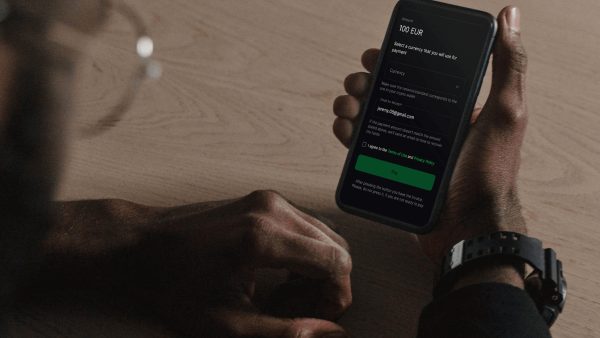A custodial wallet is a crypto wallet where a provider holds and controls the private keys for you, then signs transactions on your behalf. You access the wallet through an account (email, 2FA, API keys), while the custodian manages security, backups, and recovery.
In everyday use, “what is a custodial wallet” comes down to convenience and shared responsibility: you can send, receive, and store assets without handling seed phrases. Exchanges, payment processors, and qualified custodians are common custodial wallet providers. By contrast, a self-custodial wallet (sometimes asked as “what is a self custodial wallet”) keeps the keys with the user; you sign locally and you alone can recover the wallet.
Key features of a custodial wallet
- Provider-managed keys. The custodian secures private keys using hardware security modules (HSM) or multi-party computation (MPC), reducing the risk of loss from misplaced seed phrases.
- Account-based access. Logins, role permissions, and 2FA control who can initiate transfers; teams can set approvals and spending limits.
- Recovery and continuity. If you lose access credentials, support and KYC checks enable account recovery without a seed.
- Compliance controls. Custodial wallet crypto services typically apply KYC, sanctions screening, and transaction monitoring to meet regulatory expectations.
- Transaction tooling. Whitelists, webhooks, API keys, and multi-sign approvals help businesses run payouts and treasury operations.
- Operational segregation. Funds are managed across hot, warm, and cold storage, balancing liquidity and security.
- Reporting. Exportable histories, merchant transaction references, and audit logs support finance and compliance teams.
How do custodial wallets work?
- Onboarding. You create an account with the provider. For business accounts, onboarding often includes KYB, role setup, and API configuration.
- Deposits. The provider assigns deposit addresses. When funds arrive on-chain, the system credits your account balance after required confirmations.
- Authorizing withdrawals. You initiate a transfer from the dashboard or API. Policy checks (roles, limits, whitelists) run before the request moves forward.
- Building and signing. The custodian constructs the transaction and signs it with protected keys (HSM/MPC).
- Broadcast and settlement. The signed transaction is broadcast to the network. You receive a blockchain TXID for reconciliation and support.
- Storage and rotation. Liquidity for day-to-day activity sits in hot or warm wallets; larger balances are moved to higher-security storage according to policy.
Choosing between a custodial wallet and a self-custodial wallet depends on the use case. Individuals who want full control may prefer self-custody, accepting responsibility for key management. Teams that value recoverability, role-based approvals, monitoring, and integrated reporting often choose a custodial setup. In both cases, the goal is clear ownership records and predictable settlement on the underlying blockchain.
